Baby’s First Book Recommendation
by Rachel Carlson, Circulation Manager
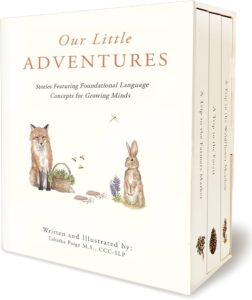 There are many things to prepare for when you find out you’re expecting a baby. Diapers. Wipes. Clothes. I knew I’d need all those things, but what I wanted for my baby were books. Enough books that he could pull five off the shelf at one time. Or read different books during playtime, bath time, and bedtime. We received the staples. Books about a ravenous inchworm, a lost teddy bear, llamas, and anything with “bed” in the title. However, when it was finally time to read to Baby C, I was surprised which books engaged him, and which books I read desperately— book in one hand, hobbling after him with the other. So instead of an inflated list of literary award winners or famous authors, I’ll provide you with recommendations from my nine-month-old.
There are many things to prepare for when you find out you’re expecting a baby. Diapers. Wipes. Clothes. I knew I’d need all those things, but what I wanted for my baby were books. Enough books that he could pull five off the shelf at one time. Or read different books during playtime, bath time, and bedtime. We received the staples. Books about a ravenous inchworm, a lost teddy bear, llamas, and anything with “bed” in the title. However, when it was finally time to read to Baby C, I was surprised which books engaged him, and which books I read desperately— book in one hand, hobbling after him with the other. So instead of an inflated list of literary award winners or famous authors, I’ll provide you with recommendations from my nine-month-old.
In the beginning, newborns have notoriously bad eyesight. Their retinas are still developing during the first few weeks of life, which eventually allows them to see patterns in light and dark ranges. During this time, he recommends high contrast board books like “Black & White: A High Contrast Book for Newborns” by Tana Hoban. The book has an accordion design, so it can be placed upright next to the infant during the sometimes-dreaded tummy time. Baby C specifically recommends the black page with white buttons.
Once he’d lost interest in the bland circle and square shapes, he began showing interest in
Tabitha Paige’s watercolor books. Her “Our Little Adventures” series follows various woodland creatures on their adventures at the farmer’s market, in the wildflower meadow, and through the forest. Tabitha Paige is a certified speech language pathologist who writes and illustrates the board book series. I loved the themes of friendship and compassion, and he loved the illustrations of meadows, wildlife, and flowers.
Before long, he entered the busy, scritchy-scratch phase. For babies that have begun to explore through touch, he recommends the “That’s Not My” and “Never Touch a” series. As an adult, I would say the plot line of “Never Touch a Snake!” is lacking and a bit nonsensical. However, he found the bright colors and different textures very engaging. For a baby with two dogs at home, “That’s Not My Puppy…” is a relatable and entertaining read. The touch and feel aspect of these books helps an otherwise very busy baby engage with the book, instead of crawling away from it.
After both of his parents came down with the stomach flu, the quest to avoid screen time took a bit of a hiatus. Thus began his passion for Ms. Rachel— of YouTube fame, not his mom. He quickly picked up on classic nursery tunes. We began gravitating toward books that could be sung to popular melodies. Even if he began to lose interest in the words and images on the pages, I could typically reel him back in with a familiar, interactive song that he enjoys. In a similar vein, he’s enjoyed books that involve silly animal sounds like Sandra Boynton’s Halloween themed “Boo! Baa, La La La!,” and Christmas themed “Moo, Baa, Fa La La La La!” which can also be sung.
For other new parents, my advice is to let go of perfectionism. It’s okay to only get through half of the book (or two pages) before they lose interest. I’ve learned to focus on creating a positive experience with books, even if the experience is chewing on them. Aim for books you both enjoy. Personally, I like the tactile books and the opportunity it provides for questions and commentary. The books with paragraphs of text can wait, even if that includes some of the classics. Babies are often excited about what we’re excited about, so if we find ourselves frustrated attempting to read a complex board book, they might find books frustrating, too. I find it much better to read a silly book than no book at all.
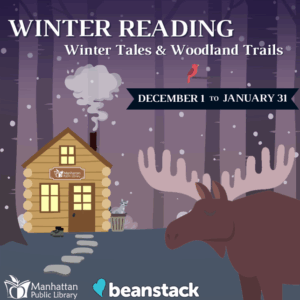
Our Winter Reading Challenge kicks off on December 1, and parents can log their time spent reading to children toward their goal. The only books added to my “completed” shelf in the last nine months have been made of cardboard. If that describes your life lately, you’re not alone! New parents can also sign up their child for Dolly Parton’s Imagination Library through Konza United Way to receive free books through the mail. Don’t forget to sign up for Manhattan Public Library’s “1,000 Books Before Kindergarten” in the Beanstack app, too. Kids can earn prizes while preparing for a lifetime of learning. Parents can also visit the library’s website to find dates and times for upcoming Storytime events.
Manhattan Public Library is a cornerstone of free and equal access to a world of ideas and information for the Manhattan, Kansas, community. Learn more at mhklibrary.org.



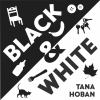


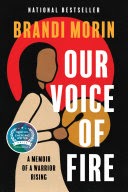 Native American Heritage Month, observed each November, is a time to honor the rich histories, cultures and contributions of Indigenous peoples across North America. It’s both a celebration and a chance to deepen public understanding of Native American legacies.
Native American Heritage Month, observed each November, is a time to honor the rich histories, cultures and contributions of Indigenous peoples across North America. It’s both a celebration and a chance to deepen public understanding of Native American legacies.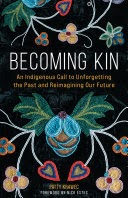
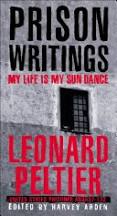

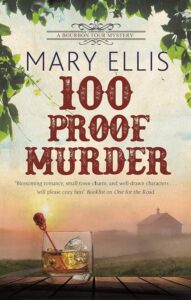 Bourbon can be a fulfilling hobby, encompassing various aspects like collecting, tasting, learning about its history and production, and even home distilling on a small scale. Many enthusiasts find it a rewarding experience, fostering community and offering opportunities for education and enjoyment. Bourbon is a type of American whiskey, specifically defined by its production methods and ingredients. It must be made in the United States, with at least 51% corn in the grain bill, distilled at or below 160 proof, and aged in new, charred oak barrels. This process results in a whiskey known for its rich, often sweet, and spicy flavor profile, with notes of vanilla and caramel. The Manhattan Public Library is here to help you further this interest, whether it be in our fiction stacks or our non-fiction stacks.
Bourbon can be a fulfilling hobby, encompassing various aspects like collecting, tasting, learning about its history and production, and even home distilling on a small scale. Many enthusiasts find it a rewarding experience, fostering community and offering opportunities for education and enjoyment. Bourbon is a type of American whiskey, specifically defined by its production methods and ingredients. It must be made in the United States, with at least 51% corn in the grain bill, distilled at or below 160 proof, and aged in new, charred oak barrels. This process results in a whiskey known for its rich, often sweet, and spicy flavor profile, with notes of vanilla and caramel. The Manhattan Public Library is here to help you further this interest, whether it be in our fiction stacks or our non-fiction stacks.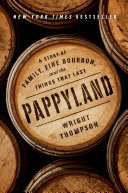
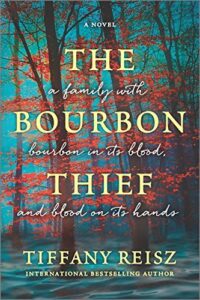 “Betrayal, revenge and a family scandal that bore a 150-year-old mystery. When Cooper McQueen wakes up from a night with a beautiful stranger, it’s to discover he’s been robbed. The only item stolen–a million-dollar bottle of bourbon. The thief, a mysterious woman named Paris, claims the bottle is rightfully hers. After all, the label itself says it’s property of the Maddox family who owned and operated Red Thread Bourbon distillery since the last days of the Civil War, until the company went out of business for reasons no one knows.”
“Betrayal, revenge and a family scandal that bore a 150-year-old mystery. When Cooper McQueen wakes up from a night with a beautiful stranger, it’s to discover he’s been robbed. The only item stolen–a million-dollar bottle of bourbon. The thief, a mysterious woman named Paris, claims the bottle is rightfully hers. After all, the label itself says it’s property of the Maddox family who owned and operated Red Thread Bourbon distillery since the last days of the Civil War, until the company went out of business for reasons no one knows.”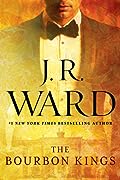
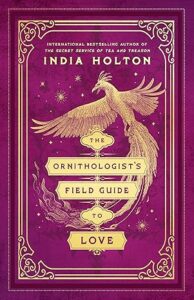 As a youth, I loved high fantasy: expansive worldbuilding, epic storylines, and difficult-to-pronounce imaginary names. Tamora Pierce’s books whet my palate early on, and I tore through series after series, devouring legendary tales and mythic adventures, loving every second.
As a youth, I loved high fantasy: expansive worldbuilding, epic storylines, and difficult-to-pronounce imaginary names. Tamora Pierce’s books whet my palate early on, and I tore through series after series, devouring legendary tales and mythic adventures, loving every second.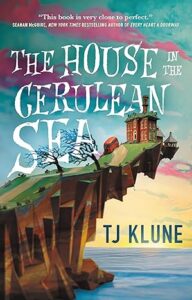
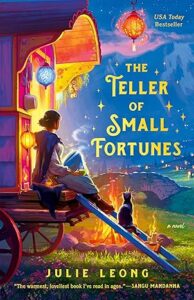
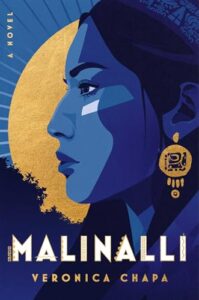
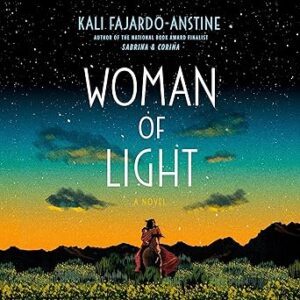 “Luz ‘Little Light’ Lopez, a tea leaf reader and laundress, is left to fend for herself after her older brother, Diego, a snake charmer and factory worker, is run out of town by a violent white mob. As Luz navigates 1930’s Denver on her own, she begins to have visions that transport her to her Indigenous homeland in the nearby Lost Territory. Luz recollects her ancestors’ origins, how her family flourished and how they were threatened. She bears witness to the sinister forces that have devastated her people and their homelands for generations. In the end, it is up to Luz to save her family stories from disappearing into oblivion.”
“Luz ‘Little Light’ Lopez, a tea leaf reader and laundress, is left to fend for herself after her older brother, Diego, a snake charmer and factory worker, is run out of town by a violent white mob. As Luz navigates 1930’s Denver on her own, she begins to have visions that transport her to her Indigenous homeland in the nearby Lost Territory. Luz recollects her ancestors’ origins, how her family flourished and how they were threatened. She bears witness to the sinister forces that have devastated her people and their homelands for generations. In the end, it is up to Luz to save her family stories from disappearing into oblivion.”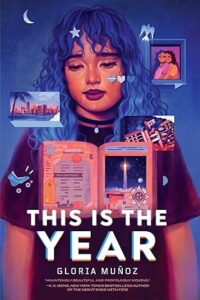
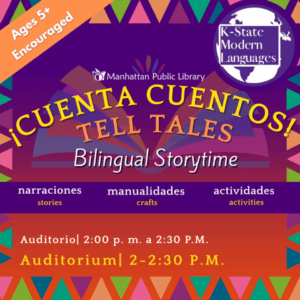
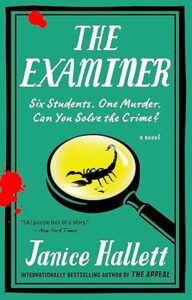
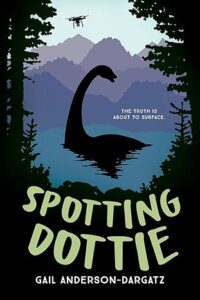 Libraries are a place for all, and the Manhattan Public Library has recently taken a step towards making reading more accessible for readers with dyslexia by identifying print books with dyslexic-friendly fonts and books with high interest and low vocabulary, making them searchable within the catalog.
Libraries are a place for all, and the Manhattan Public Library has recently taken a step towards making reading more accessible for readers with dyslexia by identifying print books with dyslexic-friendly fonts and books with high interest and low vocabulary, making them searchable within the catalog.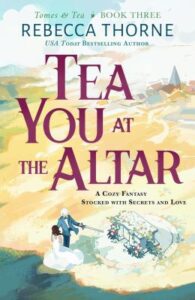 While families across Manhattan and beyond are gearing up for back-to-school season, my fiancé and I are preparing for the biggest event of our lives to date: our wedding. Naturally, as an avid reader of romance and romantasy, I’ve been reading many books with marriage plots and books about creating real life happiness whenever I’m not working on my own happily ever after.
While families across Manhattan and beyond are gearing up for back-to-school season, my fiancé and I are preparing for the biggest event of our lives to date: our wedding. Naturally, as an avid reader of romance and romantasy, I’ve been reading many books with marriage plots and books about creating real life happiness whenever I’m not working on my own happily ever after.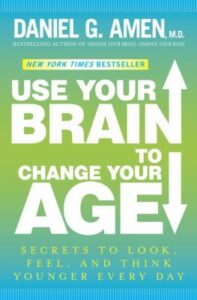 July 2 is known as “I Forgot Day.” If you are a forgetful person who frequently forgets anniversaries, birthdays, special occasions, or even to bring the milk from the store on your way back home, then this is the unofficial holiday you should be celebrating.
July 2 is known as “I Forgot Day.” If you are a forgetful person who frequently forgets anniversaries, birthdays, special occasions, or even to bring the milk from the store on your way back home, then this is the unofficial holiday you should be celebrating.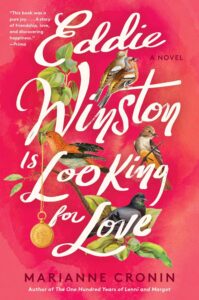 Summer is a great time to sit back and relax with a cold drink and a good book. I’ve gathered some of my favorite light reads to help you unwind.
Summer is a great time to sit back and relax with a cold drink and a good book. I’ve gathered some of my favorite light reads to help you unwind.